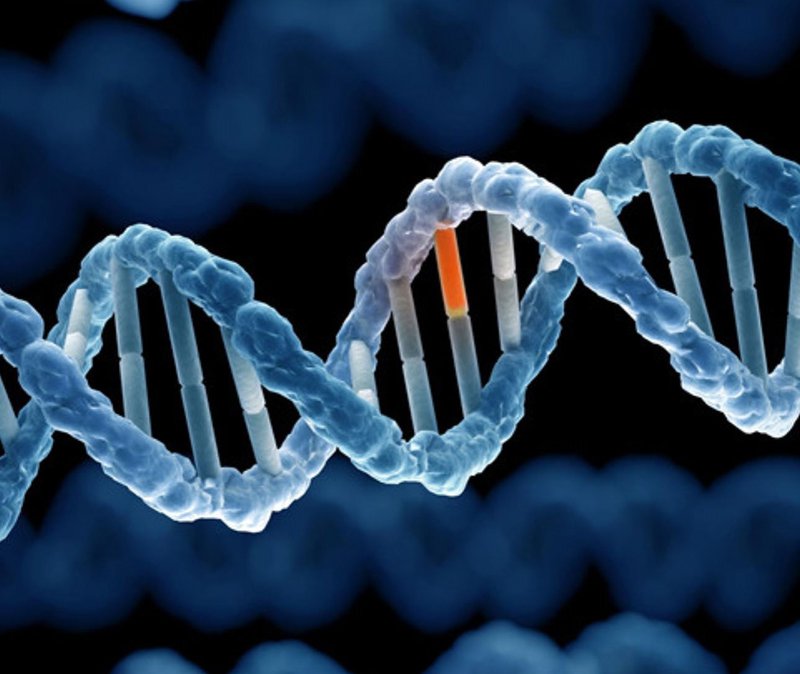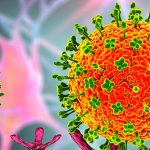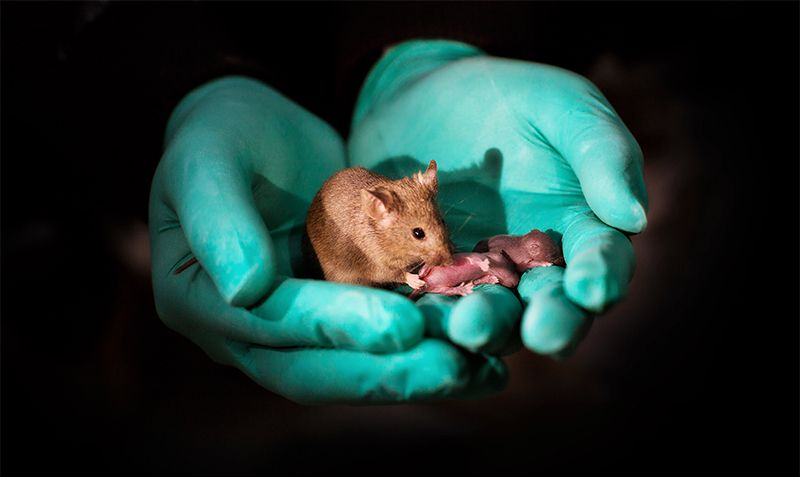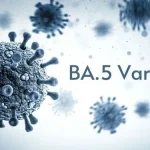Taking next steps in Malaria control and prevention
Malaria is probably one of the most known diseases around the world, yet the cure for it remains to be invented. All that can be done right now is try to control and prevent the spread of the disease. This is what researchers at the Parasitology and Public Health Unit at Federal University of Technology Akure in Nigeria are currently working on.
Human malaria is a severe disease with the highest prevalence in Africa and Asia. It is caused by a parasite belonging to the Plasmodium genus, which uses mosquitoes from the Anopheles genus as vectors for spreading. The existence of species complexes in Anopheles vectors has led to difficulties in precisely identifying sibling species and members of the subspecies that possess identical morphology or minimal morphological distinction. Identifying vectors that belong to species complexes has long been a stumbling block in malaria epidemiology and control as the morphological characters of adults are variable and overlap in many instances. This is why the research by Dr. Adebayo Victor Akeju and his colleagues at the Federal University of Technology Akure aimed to identify the vectors of malaria parasites using molecular techniques and variation in morphological character of the wing.
The most interesting part of the study is molecular identification. The result revealed three species of female Anopheles vectors. Two of these species (Anopheles gambiae s.s. and Anopheles arabiensis) have the same morphological features. They are from different species, but belong to the same complex species (Anopheles gambiae s.I.), which shows that they are sibling species. Their most notable similarity is that they feed on human blood, which is where malaria infection starts. Even though they belong to different species their vectorial capacity is different. This contributes to the morbidity of malaria infection in the area. The third identified species was Anopheles leesoni, which belongs to the Anopheles funestus group. This mosquito is zoophilic (feeds on animal blood), but they are found in human dwelling areas. The implication is that the vector could feed on human blood, if there are no animals available.
In the research, morphometric study was combined with molecular study. “This is huge to me,” says Dr. Adebayo Victor Akeju. “It gives in-depth knowledge of morphological identification of these vectors prior to molecular identification.”
The research done by scientists at the Federal University of Technology Akure will definitely help in planning malaria control programs in the area. In addition, it will help a lot of parasitologists and medical entomologists/vector biologists to easily identify vectors mentioned in the study.
“[Using the product] was a good experience,” says Dr. Adebayo Victor Akeju, the main author of this paper.
- Akeju, A.V., Olusi, T.A. & Simon-Oke, I.A (2022). Molecular identification and wing variations among malaria vectors in Akure North Local Government Area, Nigeria. Scientific Reports 12, 7674. https://doi.org/10.1038/s41598-022-11917-y
- Akeju, A.V. (2022). Morphometric variations in morphological features of Anopheles gambiae complex in Akure North Local Government area of Ondo State Nigeria. International Journal of Tropical Insect Science. https://doi.org/10.1007/s42690-022-00880-w








